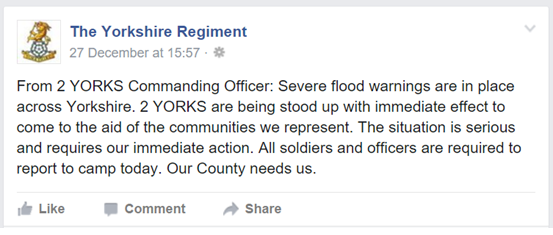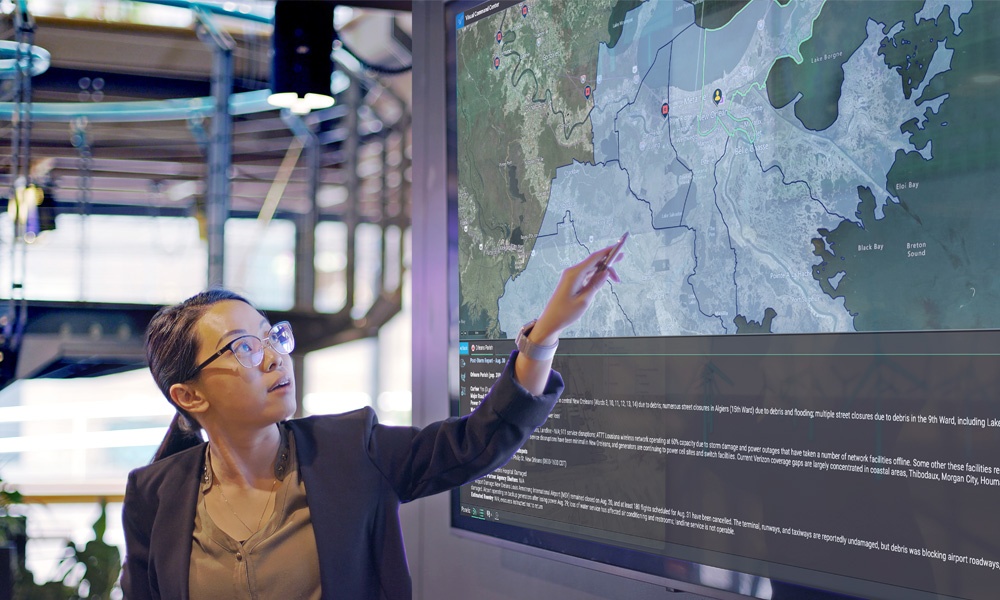Blog
How community engagement can help in a flood
The flooding in the UK during Christmas of 2015 has been truly saddening. Many people losing homes, livelihoods and irreplaceable mementoes. While the political world points fingers at one another they seem to forget that people, like you and I are caught up in all of this. Worst of all storm Frank is moving in as I write this on the 29th of December 2015. This is expected to bring more heavy rain and with that, more flooding. With the water courses already at capacity it is a prediction that will most likely come true.
On the 29th I was finally able to catch up with a few of my friends from the affected areas to get their thoughts on how they were coping and if I could offer help. First and foremost I’m happy to say everyone is well and safe.
The overwhelming message I received was that no one knew what was going on. There was no communication to tell people to evacuate. Or areas that were given a risk level in the morning, were revised later in the day and the residents didn’t get the updated message. For example, an area deemed as low risk just outside of Blackburn unexpectedly flooded. This left a young man with health issues marooned in his home with no idea what to do. “We were told it was safe and nothing more, we did not know what to do when the river burst its banks”. This is a story that is repeating its self over and over again.
It turns out the council did update the statement on the website but only after the street was under water.
It did not take long to find Tweets and Facebook messages from local authorities and even the Army either giving out critical information or requesting people to get in contact!

Needless to say, in the event of a situation like a wide spread flood trying to keep people up to date with what is going on via social media is not ideal. This is because firstly you cannot be sure that a person has read the message. Secondly using social media relies on a person looking at the feed or even being subscribed to it. And lastly there is limited control over the message. Some warnings or information was still being passed on long after the risk had subsided or escalated.
Having the ability to target an area with information via many modes from house phone, mobile, apps and social media allow information to be communicated in real time. This is something the USA does well from a local state giving out weather information to the manging the Boston bombing. Especially when it comes to being able to reach out and connect with those who are old, infirm or at risk. When it comes to community engagement we in the UK have a lot to learn from the USA.
Some examples of how the USA differs from the UK are as follows:
- Limited reliance on the media to communicate in a crisis.
- Social media is still used but it is not as the primary channel.
- Multi modal communication to individuals is used. SMS, Calls and apps.
- Community wide engagement and testing is routinely advertised and tested.
- A focus on community engagement allows communities to respond in concert with emergency services.
All of this sounds simple and truly it is, really the only thing we are missing in the UK is the drive and ambition to make our communities safer and more resilient.
For more information about Everbridge and how it can help your business to stay operational visit www.everbridge.com


